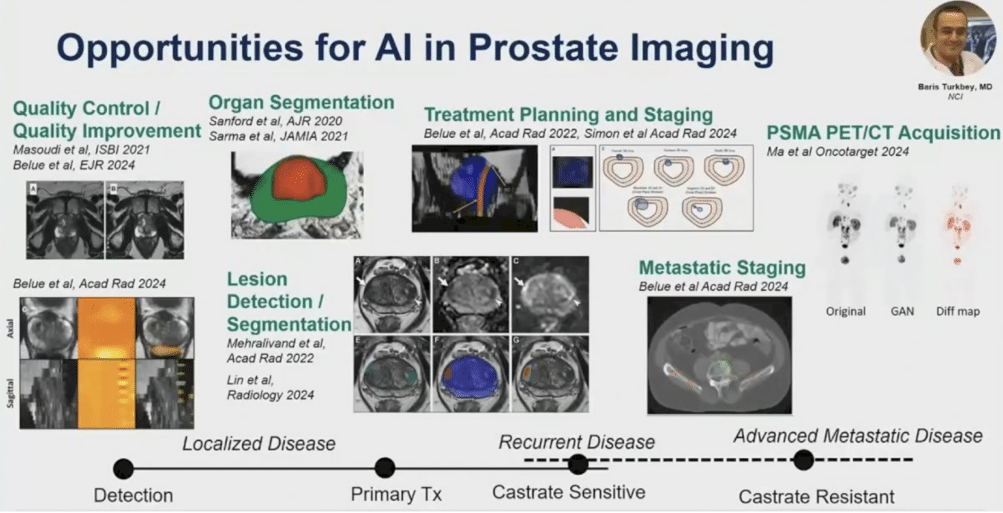
Joining On Focus today is Dr Francesco Giganti, Associate Professor and honorary Consultant in Radiology at University College London.
Francesco is an acknowledged leader in researching imaging of the prostate, and in identifying new approaches to improve its accuracy in diagnosis and its effectiveness in treatment. He has co-authored over 200 publications reporting on investigations into multiple clinical, technological, and systemic challenges to prostate imaging, and his work has had, and continues to have, profound impact on clinical practice.
He’s here today to talk about how MRI has transformed the diagnosis and treatment of prostate cancer, and what challenges need to be overcome to ensure that this transformational and continually evolving element of the diagnostic pathway is available and accessible to all men.
Summary
Introduction
Dr. Francesco Giganti, an Associate Professor and Consultant Radiologist at University College London, is a leading expert in prostate imaging. In a recent OnFocus podcast, he discussed how MRI has become a crucial tool in diagnosing and treating prostate cancer. His insights are especially valuable for patients seeking accurate diagnoses and effective treatment plans.
Diagnosis Journey
Traditionally, prostate cancer diagnosis relied on PSA tests and biopsies, which sometimes missed significant cancers or led to unnecessary treatments. Dr. Giganti highlighted that multiparametric MRI (mpMRI) has transformed this process by providing detailed images of the prostate, allowing for better detection and assessment of cancerous lesions. This advancement helps in identifying clinically significant cancers while reducing overdiagnosis of insignificant ones.
Treatment Decision
With the enhanced imaging capabilities of mpMRI, doctors can make more informed decisions about treatment options. For patients, this means a higher likelihood of receiving appropriate treatments tailored to the specific characteristics of their cancer. Dr. Giganti emphasized that accurate imaging is essential for determining eligibility for focal therapies, which target only the cancerous part of the prostate, preserving healthy tissue and reducing side effects.
Treatment Experience
Patients undergoing mpMRI-guided treatments often experience fewer complications and a quicker recovery. The precise imaging allows for targeted therapies like High-Intensity Focused Ultrasound (HIFU) or NanoKnife, which are less invasive than traditional surgery or radiotherapy. Dr. Giganti noted that these treatments, guided by high-quality MRI scans, can effectively manage cancer while maintaining the patient’s quality of life.
Advice to Other Patients
Dr. Giganti advises patients to inquire about the availability and quality of mpMRI at their treatment centers. He stresses the importance of having scans interpreted by experienced radiologists to ensure accurate diagnoses. Patients should feel empowered to ask questions and seek second opinions if necessary, ensuring they receive the best possible care based on precise imaging.
Conclusion
The integration of mpMRI into prostate cancer diagnosis and treatment represents a significant advancement in patient care. Dr. Giganti’s expertise underscores the importance of accurate imaging in making informed treatment decisions. Patients are encouraged to advocate for access to high-quality MRI scans and to engage in discussions with their healthcare providers about the most suitable treatment options available.
Research publications by Francesco Giganti: https://www.researchgate.net/profile/Francesco-Giganti-2





